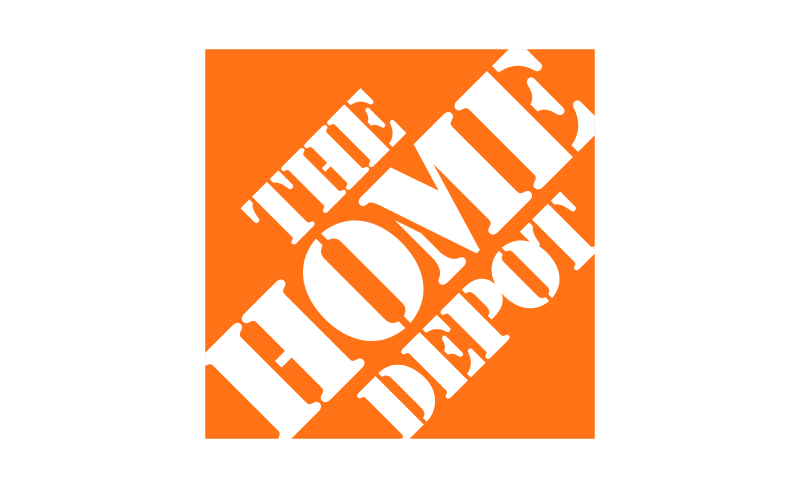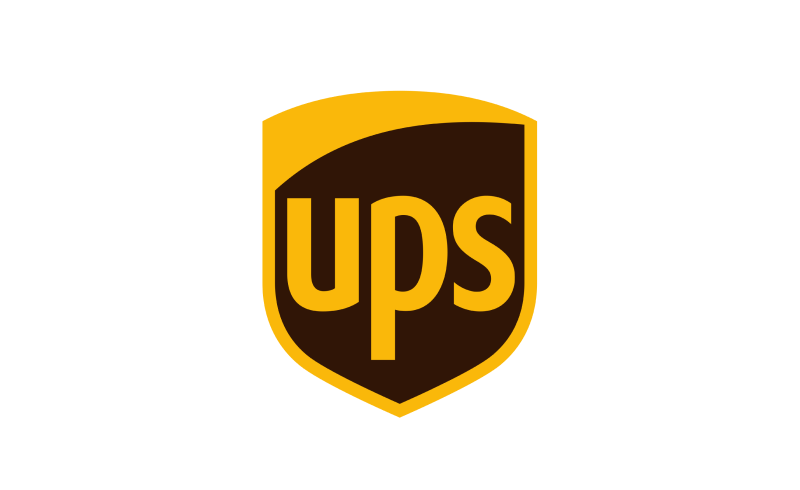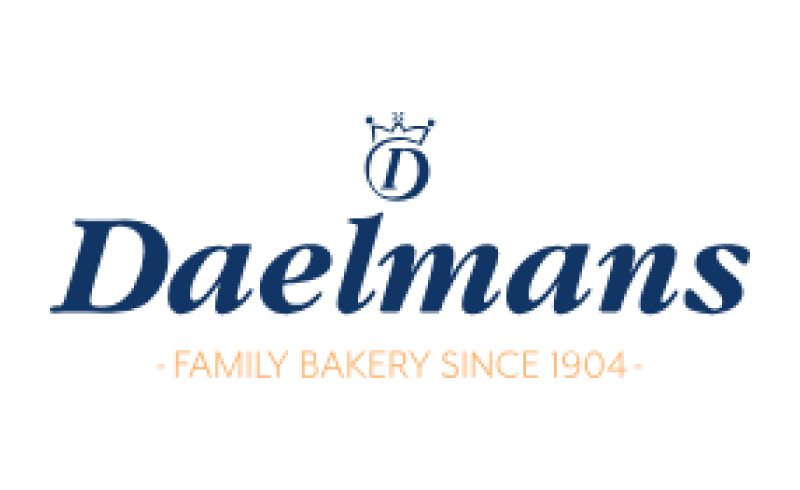WooCommerce is a powerful and widely used eCommerce plugin designed for organizations and businesses using WordPress. With its user-friendly interface and extensive customizable features, WooCommerce lets businesses set up and manage their online stores more easily. From product showcasing, inventory management, and secure payment gateways, to comprehensive analytics and reporting, WooCommerce provides an ecosystem for businesses to scale and grow their online presence.
What is WooCommerce?
WooCommerce is a robust and widely-used eCommerce plugin designed to integrate with WordPress websites. Businesses and organizations of all sizes, from small enterprises to large corporations, are able to adapt and customize solutions for setting up and managing online stores. With its user-friendly interface and extensive plugin ecosystem, WooCommerce provides a flexible framework to establish a successful online presence.
For organizations seeking to expand their digital footprint and tap into the thriving world of eCommerce, WooCommerce offers a scalable and reliable platform. Its compatibility with various payment gateways and shipping providers ensures smooth and secure transactions, catering to the diverse needs of businesses in different industries.
WooCommerce enables simplified integration of themes and designs, enabling businesses to create visually appealing and engaging online stores, thus creating a cohesive brand experience. This feature is especially advantageous for businesses aiming to reinforce their brand identity and provide a consistent customer experience across all touchpoints.
How does WooCommerce work?
Upon installation, the WooCommerce plugin adds to WordPress essential eCommerce functionalities to an organization’s website, including product pages, shopping carts, checkout processes, and secure payment gateways. Once activated, businesses can configure their store settings, such as currency, shipping options, tax rules, and payment methods.
Organizations can then add products and services to the store and start defining them with various attributes, such as pricing, descriptions, images, and stock availability. WooCommerce also supports organizing products into categories and tags to make it easier for customers to find products and services – which is particularly important on large and complex eCommerce sites.
When a customer places an order, WooCommerce manages the whole transaction process, calculates shipping costs, applies taxes if applicable, and securely processes payments through integrated payment gateways. Various payment options are available, including credit cards, PayPal, and other online payment methods.
For larger enterprises, WooCommerce provides accessible and cost-effective scalability, comfortably handling a growing product catalog and customer base without compromising on performance. Organizations can choose from extensions and integrations available in the WooCommerce ecosystem to extend the platform’s capabilities, such as advanced inventory management, marketing tools, and customer relationship management (CRM) systems.
WooCommerce’s features
WooCommerce serves as a powerful and versatile eCommerce platform, tailor-made for businesses and organizations looking to establish and grow their online presence. With its user-friendly interface, scalability, and SEO-centric approach, WooCommerce lays a solid foundation for organizations to venture into the world of online retail and reach their target audience.
Extensive plugin ecosystem
With a vast array of third-party plugins available, organizations can integrate additional features seamlessly, such as advanced analytics, marketing tools, payment gateways, and shipping options, allowing businesses to tailor their eCommerce websites according to their specific needs and create a customized shopping experience for their customers.
Mobile responsiveness
The importance of providing an exceptional user experience across devices is a top priority. WooCommerce is designed to be responsive, so that online stores are visually appealing and user-friendly on smartphones, tablets, and other mobile devices – helping businesses tap into the rapidly growing mobile market, improve SEO performance, and cater to customers who prefer shopping on-the-go.
API support
WooCommerce’s API supports integration with third-party applications and services. Organizations can connect their online stores with external systems, such as inventory management software, customer relationship management (CRM) tools, and email marketing platforms, helping automate repetitive processes and better manage eCommerce activities.
Security measures
WooCommerce incorporates modern and advanced security measures to protect customer data and sensitive information to ensure secure payment processing and safeguard against potential threats. Organizations can confidently provide a safe and trustworthy shopping environment , building loyalty and customer relationships.
Multilingual and currency support
WooCommerce offers multilingual and multi-currency support for businesses to create and manage online stores in multiple languages – and cater to diverse audiences worldwide. WooCommerce supports transactions in different currencies, making it easier for businesses to expand their reach and serve international customers.
Inventory management
Providing a comprehensive inventory management system, WooCommerce lets businesses track and control their product stock. Organizations can easily manage product variations, track stock levels, and receive alerts for low inventory, ensuring smooth operations and reducing the risk of overselling.
WooCommerce’s advantages
WooCommerce offers numerous advantages that cater specifically to the needs of organizations and businesses looking to establish a strong online presence and drive their eCommerce success.
| Scalability and flexibility | As businesses grow and expand, WooCommerce is able to adapt to accommodate increased website traffic, product offerings, and customer demands, letting organizations to start small and scale their online stores according to the ever-evolving needs, making it an ideal choice for businesses of all sizes. |
| Customization and brand identity | WooCommerce provides extensive customization options, enabling businesses to design and create online stores that align with their brand identity. With a wide range of themes, templates, and design elements available, organizations can build unique and visually appealing websites, delivering a consistent brand experience to their customers. |
| Integration with WordPress ecosystem | Being an extension of the WordPress platform allows WooCommerce to integrate with a vast array of plugins and tools available in the WordPress ecosystem, providing organizations with access to a plethora of additional functionalities, such as content marketing, SEO optimization, and social media integration. |
| Reporting and analytics | WooCommerce offers comprehensive reporting and analytics tools offering valuable insights into the performance of online stores. Businesses can access detailed data on sales, customer behavior, and product performance in order to make data-driven decisions and optimize marketing strategies. |
| Global reach and multi-currency support | For businesses with international ambitions, WooCommerce’s global reach and multi-currency support are invaluable. Businesses are able to promote and sell products worldwide to customers in different regions. Products can be displayed with prices in various currencies, making it convenient for international customers to shop and boosting conversion rates. |
| Community support and resources | Businesses can tap into this community for support, advice, and resources to optimize their online stores further. The platform fosters a collaborative environment where organizations can share knowledge and learn from others, ultimately enhancing their eCommerce strategies. |
WooCommerce’s use cases
WooCommerce has gained widespread popularity as a powerful eCommerce platform, attracting businesses of all sizes and industries. A variety of iconic brands have harnessed the versatility and flexibility of WooCommerce to create exceptional online shopping experiences for their customers.

Home Depot, the well-known home improvement retailer, utilizes WooCommerce to offer its vast selection of products through its online store. The platform’s scalability and customization options enable Home Depot to showcase its extensive inventory effectively. With seamless integration of product catalogs, secure payment gateways, and user-friendly navigation, Home Depot provides customers with a convenient way to shop for home improvement essentials from the comfort of their homes.

The global shipping and logistics giant, UPS, leverages WooCommerce to enhance its customer experience. By integrating WooCommerce into its website, UPS offers customers the ability to access shipping rates, track packages, and manage deliveries efficiently. The platform’s API support allows UPS to seamlessly integrate its shipping solutions into WooCommerce, streamlining the shipping process and providing customers with real-time updates.

Daelmans Stroopwafels, a renowned Dutch bakery specializing in caramel-filled stroopwafels, utilizes WooCommerce to sell its products globally. The multilingual and multi-currency support of the platform allows Daelmans to reach a diverse international audience, providing a delightful online shopping experience for customers worldwide. With the aid of WooCommerce’s inventory management features, Daelmans ensures that its stroopwafels are readily available and easily accessible to everyday shoppers.

Phlearn, a popular online education platform for photography and creative editing, harnesses the power of WooCommerce to deliver its digital products to aspiring photographers and artists. Through WooCommerce, Phlearn offers seamless downloads of video tutorials, presets, and courses to its customers. The platform’s secure and efficient payment processing enables Phlearn to focus on its core mission of providing valuable and engaging learning content.
WooCommerce’s limitations
While WooCommerce offers various advantages, it’s essential for organizations and businesses to be aware of its limitations and potential drawbacks.
Technical complexity
Setting up and managing a WooCommerce store requires a certain level of technical knowledge and expertise. Organizations without prior experience in website development may find the initial setup process challenging. Additionally, dealing with technical issues or conflicts between plugins can be time-consuming and may require external support, impacting the overall efficiency for less tech-savvy businesses.
Dependency on WordPress
While WooCommerce’s integration with WordPress provides access to a wide range of plugins, themes, and resources, any changes or updates in WordPress could potentially affect the functionality of the online store. Organizations need to closely monitor and manage updates to ensure compatibility and avoid disruptions.
Performance and loading speed
WooCommerce’s performance may be affected by various factors, such as the hosting provider, number of installed plugins, and size of the product catalog. For organizations with a large number of products or significant website traffic, optimizing the loading speed and overall performance can be challenging. Slow-loading websites can lead to poor user experiences and negatively impact search engine rankings.
Hidden costs and add-ons
While WooCommerce itself is a free plugin, organizations should be cautious of hidden costs associated with using it. Custom themes, premium plugins, and additional features may require separate purchases, leading to unexpected expenses. As businesses scale and require more sophisticated functionalities, the costs of add-ons and premium features can add up quickly.
Security and maintenance responsibilities
Managing the security and regular maintenance of a WooCommerce store is the responsibility of the organization. This includes implementing security measures, updating plugins, and monitoring for potential vulnerabilities. For organizations without dedicated IT resources, ensuring the safety and stability of the online store can be challenging and potentially risky.

